The gruesome murder of 74-year-old Charles Walton is the longest unsolved murder in Warwickshire’s police records.
Situated around nine miles away from Stratford, England, is Lower Quinton, Warwickwhire. The area of Warwickshire is very much steeped in superstition and witchcraft. It’s commonly known as Shakespeare country and this tale very much reads like a tragedy concocted by Shakespeare himself… but what you are about to read is very much true.
One local of Lower Quinton was 74-year-old Charles Walton, an agricultural worker who had lived in the rural village his entire life. As a young boy, it was said that Charles had experienced a very bizarre vision. For three nights in a row, he watched a black phantom dog running across Meon Hill. On the third night, the dog transformed into a headless woman. The following morning, Charles’ sister died.
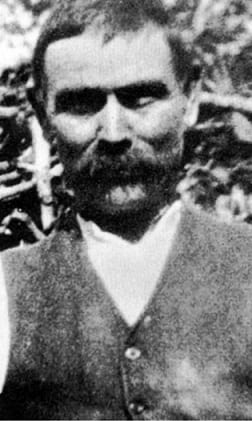
Following this sinister experience, Charles became somewhat of a recluse. He lived with his niece, Edie, who he had adopted following the death of her mother. Despite his quirks, when he did chat to locals, he was extremely friendly. In fact, most people liked him and found him to be very pleasant albeit a bit unusual.
Locals said that Charles bred frogs and could speak to birds; they flocked to be fed from his hand and he could sometimes be spotted with a bird perched on his head or shoulder. It was also said that he had an outstanding ability to tame wild and feral dogs with just a few works. Some locals, however, found this extremely bizarre as evidence of something more sinister.
Rumours soon stated to wend through the quaint village that Charles was a witch.
It was the 14th of February, 1945, and Charles departed home early in the morning to remove hedges from the slopes on Meon Hill. Despite his age, he still frequently helped the local farmers with any odd jobs they needed done. This job was requested by Albert Potter, a local farmer that often worked alongside Charles. That morning at approximately 9AM, he left with his pitchfork and walking stick in tow. He told Edie that he would be home at around 4PM.
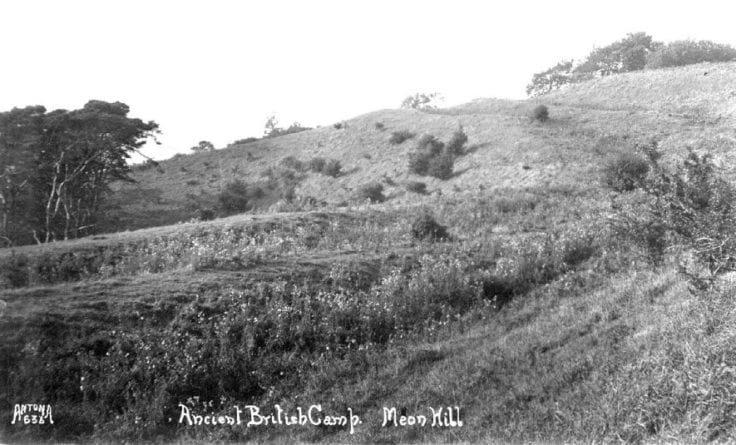
That evening, Edie returned home from her own job at a nearby factory to find that her uncle wasn’t yet home. It was 6PM and she was worried straight away. He wasn’t the type of character to deviate from his plans; he was a creature of habit. She went to Harry Beasley’s home, who lived nearby, and asked him if he could help her search for Charles.
They didn’t have to search long, however.
As they approached Meon Hill armed with their flashlights, they were met by Albert who shouted: “Stay there! Don’t come any nearer. You mustn’t look at this.”1
It was a gruesome scene. Lying alongside the bushes he had been trimming, was the body of Charles. He had been bludgeoned by his own walking stick. Even more unfathomable, the elderly man had been cut with a sickle before being stabbed with his own pitchfork. The pitchfork had travelled through his neck and was embedded in the soft ground. On his stomach, a cross was carved. His arms showed defensive wounds meaning he fought for his life.
Renowned detective, Robert Fabian, was called in to lead the investigation. It wouldn’t be long until Fabian realised that he wasn’t dealing with an average murder… Local police were keen to fill him in on the deep superstitions of the locals. Initially, he scoffed at the idea – witchcraft was a phenomenon of years past… Locals told him that days before Charles’ murder, a calf was found dead in a ditch. They believed that it was an evil omen and the result of somebody with an evil eye. Many (including local police) theorised that Charles had been murdered as a “blood sacrifice.” Did they believe Charles was an “evil witch” and was the motivation behind his gruesome slaying?
Days after he arrived, Fabian too experienced something bizarre that made him question the superstitions that the locals were so adamant were true. When examining the scene, a large black dog silently ran past him. Moments later, he came across a young boy who he asked him if he was looking for the dog. The young boy looked extremely terrified before turning around and fleeing the scene, leaving Fabian puzzled. He enquired around the village and was told the tale about Charles and the black dog. Fabian was positively perplexed. Could he have seen the ghost of Charles?
Unfortunately the killer of Charles was never brought to justice. Fabian died in the early 1970s and legend says that his ghost can still be spotted in Lower Quinton, still pursuing enquiries in the one case that he never could solve…2
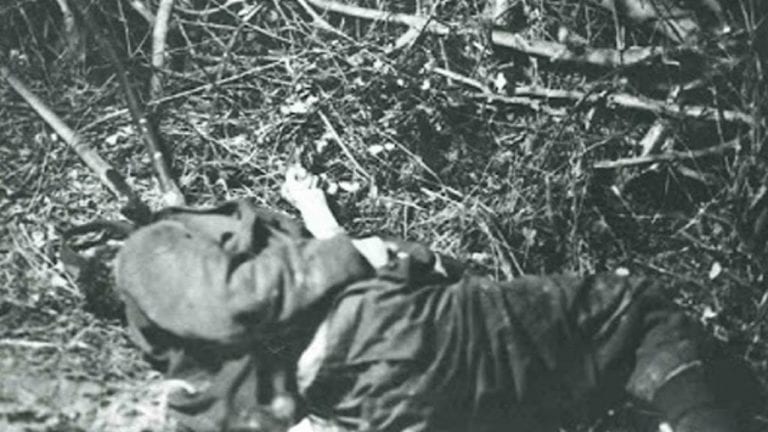
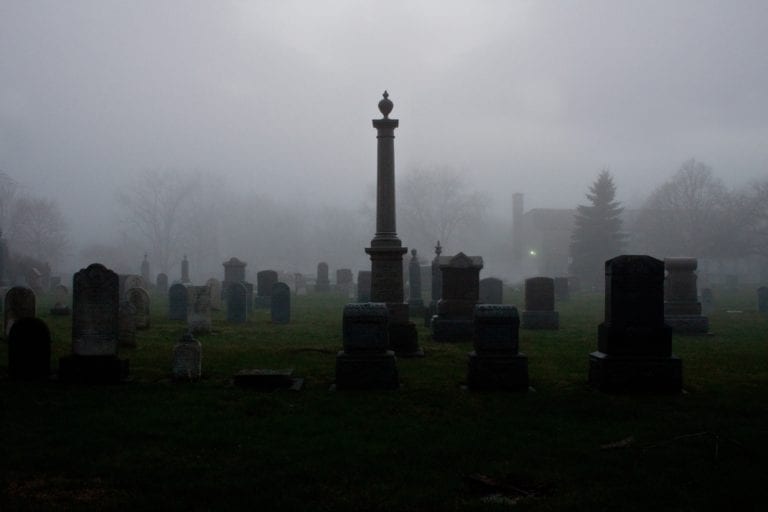
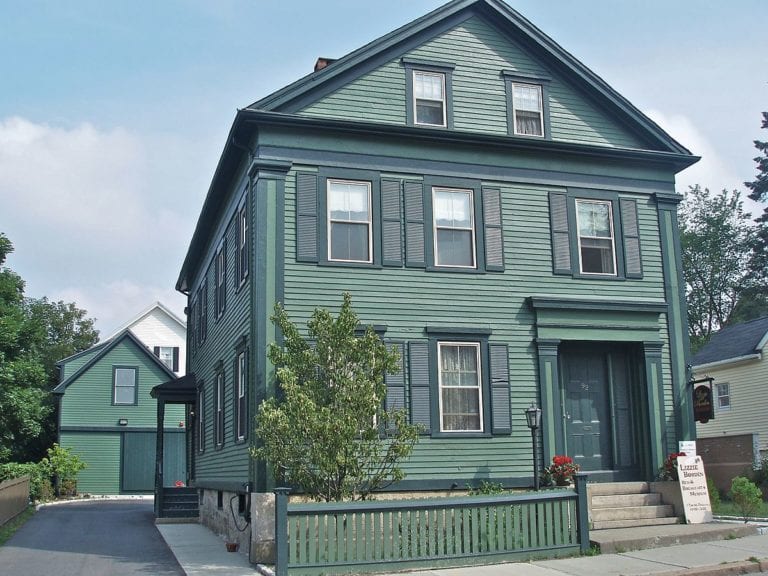

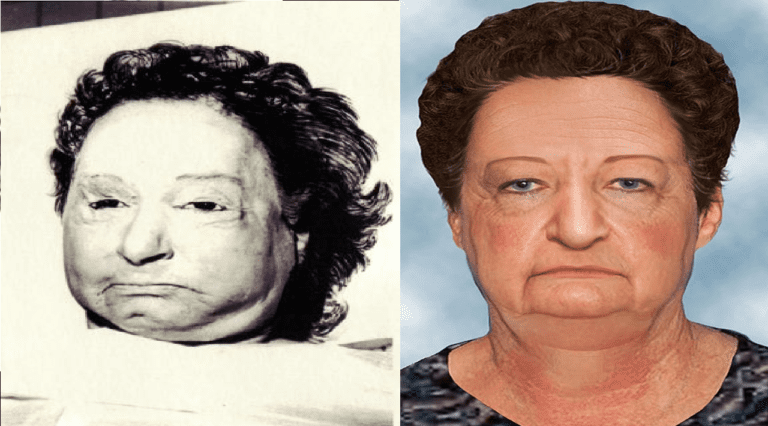
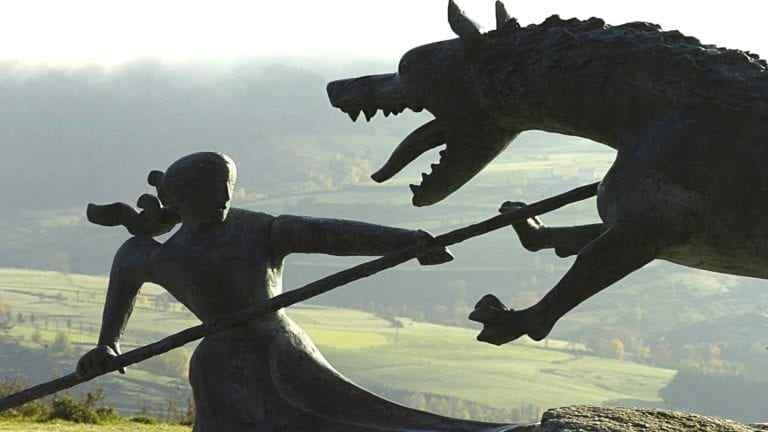

Comments:
Superstitions can really play with ones mind if you chose to believe…was Charles A witch or just a old man who was one with nature? If there were a “witch”…could the witch had killed charles? I mean that’s a pretty gruesome death and with the cross carved into him …it just seems weird….
So sad. Small towns rarely have justice for those who are murdered. Especially in times of no dna evidence. I believe the whole town, cops included knew who did it. Poor man.
Very well put together. Doubtless, there were those in Lower Quinton at the time who “knew” who was responsible for the murder. However, that knowledge was never put to the test in a court as no-one was ever brought to trial. And suspicion, whether or not well founded, is not the same as proof of guilt.
One point that should be noted is that, while the names were the same, the young boy mentioned, who had the dream about a black dog, was NOT the same person as the murder victim. This has been known for some considerable time.